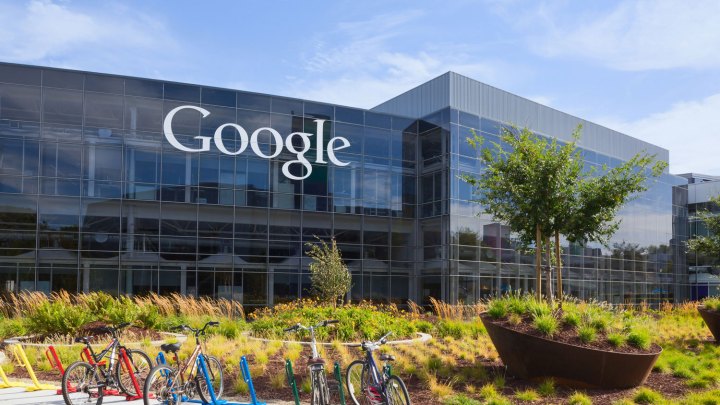
Google has started the process of bringing the extension to the cable online, and users in Asia may have already noticed slight speedups during their internet activity, according to a blog post published earlier today. The addition links the cable to Taiwan, where the company’s largest data center in Asia is located.
The new stretch of cable should help speed up load times for Google products and services in the region — although users might not be able to pick up on the improvements immediately. The cable was specifically placed outside of tsunami zones, so it should also help prevent outages related to extreme weather conditions, according to a report from Venture Beat.
The FASTER consortium — which is comprised of Google, China Mobile International, China Telecom Global, KDDI, Global Transit, and Singtel — has been working on the project since 2014. According to Google, the end result is the world’s fastest fiber optic undersea cable to date.
However, the extension to Taiwan doesn’t offer quite the same speeds as the cable that’s spanning the Pacific. While the larger part of the cable boasts speeds of up to 60 terabits per second, the portion stretching out to the island nation is only capable of 26 terabits per second.
“With more people coming online every day in Asia than anywhere else in the world, we’ve been working hard to invest in the infrastructure needed to make the internet work for all of us who live in the region,” wrote Yan Tang, Google’s network research APAC region lead. In addition to this extension, Google has recently built two data centers serving Asia, and has expanded its existing facility in Singapore.
Editors' Recommendations
- The Google Pixel 8a’s 6 biggest upgrades over the Pixel 7a
- Does the Google Pixel 8a have wireless charging?
- Does the Google Pixel 8a have a headphone jack?
- Google has no idea what it’s doing with the Pixel Tablet
- The 10 most important things to know about the Google Pixel 8a